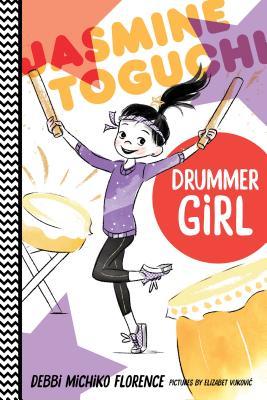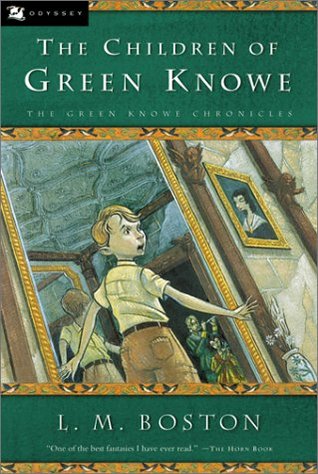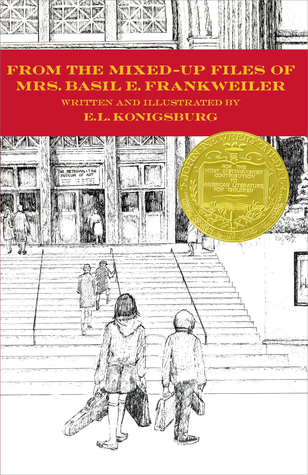 Sarno, Melissa. Just Under the Clouds
Sarno, Melissa. Just Under the CloudsJune 5th 2018 by Knopf Books for Young Readers
E ARC from Netgalley
Cora's mother has struggled to keep a roof over Cora and her sister Adare's head ever since the death of their father six years ago. This can be a challenge in New York City, even though the mother has given up her artwork and is working in a store. Cora does fairly well in school, although has been moved around so much that she struggles to make friends. Adare had a lack of oxygen at birth and has a host of unspecified challenges, mainly characterized by not focusing on the present, and occasionally holding her breath. When their last shelter is broken into, the family moves in with Willa, who is from the same town in Texas as their mother, but doesn't exactly approve of her choices. Cora finds the nice apartment, and taking the subway, to be interesting, and she is open to making some friends. Sabina is friendly, and lived near the shelter, so she seems safe. It turns out that her family is also a little unusual, and they live in a boat on the canal. Cora is very interested in trees, since her father worked in the parks and left her a notebook of his sketches and information about trees. When she finds the particular "tree of heaven" that he was studying, she wants to climb it to feel closer to him. Things with Adare get out of hand, however, and when she goes missing, Cora must come to terms with her past and present and find a way forward.
Strengths: The author MUST be drawing comparisons with A Tree Grows in Brooklyn, with the poverty and instability, the beloved father, and the "tree of heaven". There need to be more books about students who are not comfortably middle class, so that readers can either see themselves or understand others a bit more. This has lots of details about Cora's life that my students will find interesting. Cora's experiences are realistically and sympathetically done, and the book is short and moves quickly, which is never a bad thing in a middle grade novel!
Weaknesses: It seemed odd that Adare, at age ten, would not have been identified with a particular condition, even with the family's instability. Also, the grieving for the father takes up more of the book than I would like.
What I really think: There is a delicate balance of things my readers like in a sad book. They like lots of descriptions of what life is like, but they are not as fond of the character's introspection about their situation, if that makes sense. (I spend a large part of my day involved in the nuances of what students want in a book!) This is a little slower than my students usually want, but I will probably purchase it, and this is certainly a great book to look at for most collections.
 Mahoney, Kristin. Annie's Life in Lists
Mahoney, Kristin. Annie's Life in ListsMay 29th 2018 by Alfred A. Knopf BFYR
Copy provided by the publisher
Things are not going well for Annie's family, so they move from Brooklyn to a very small town. Her mother's job is transferable, and her father has some new opportunities. Neither Annie (Andromeda!) nor her high school aged brother are happy about leaving their old neighborhood and schools, especially for a small town. Annie does manage to make some new friends in her school, but things don't always go smoothly, like the time underwear is stuck in her pants leg from laundry day and she kicks it out during a kick ball game! Clover Gap's attractions are somewhat lacking as well, and Annie's not fond of antiquing or leaf peeping with her parents. As the year progresses, Annie gets help from Zora to put together a "not too scary" Halloween costume for school, has family visit for Thanksgiving, since her family has a bigger house, gets used to the cold weather in her new town, exchanges Valentines, falls in a giant hole, finds out more about why her family moved, and finishes up the school year, prepared to come back the following year.
Strengths: This is told in Annie's lists, with some page decorations. Annie is an endearing character with a supportive family, and her concerns are solidly middle grade. Not earthshaking, perhaps, but certainly the sorts of concerns that my students have about family, friends, and place in the world. Weaknesses: I was not a fan of the format, but some of my students will find it appealing.
What I really think: Even with the format, nothing terribly fresh. It will circulate well because of the cover, and the description is correct that fans of Anastasia Krupnik and Ramona Quimby will pick this up, but Annie (perhaps because of the list format) doesn't seem to have the strong, really engaging personality of those other heroines.


























































